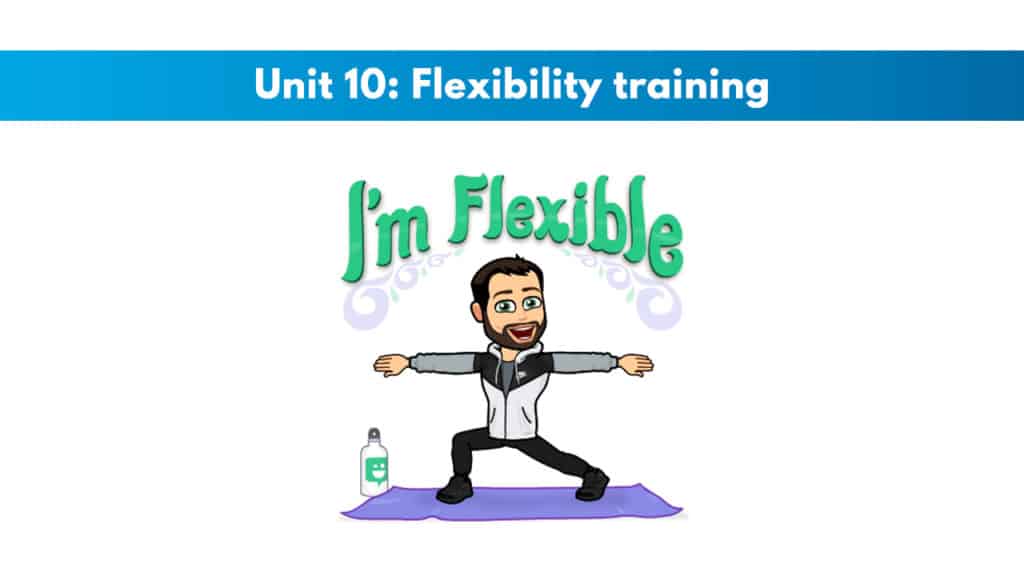
If you have not yet signed up for the ISSA CPT certification, receive a big discount here.
Get your copy of the ISSA CPT exam cheat sheet.
It helps immensely in your ability to study for the ISSA test. This PDF printable one-page sheet gives you a breakdown of the skills and knowledge candidates need to pass the exam.
My PTP students report cutting their ISSA study time and effort in half with Trainer Academy.
Benefit from the Exam Pass Guarantee and Retake Fee Guarantee. Plus, take advantage of my current discount code PTPJULY for 45% off the MVP Program (Ends July 18th, 2025).
Try it out for free here to see if it’s right for you, or read my detailed review for further insights.
Exclusive PTP CPT Offers |
||
|---|---|---|
Most Popular Cert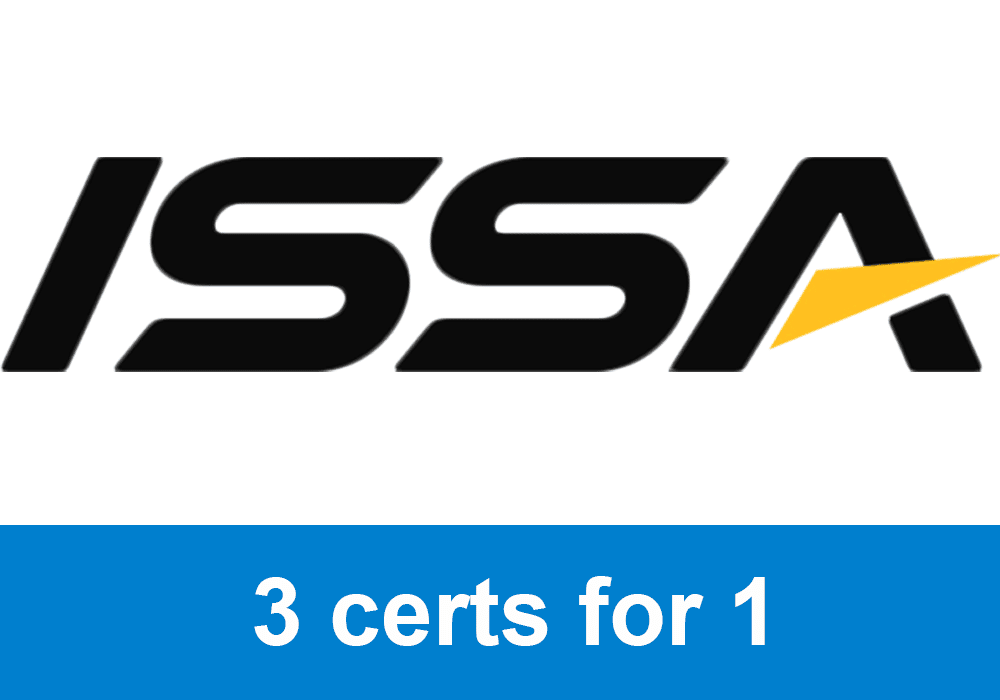 | Best Online NCCA Cert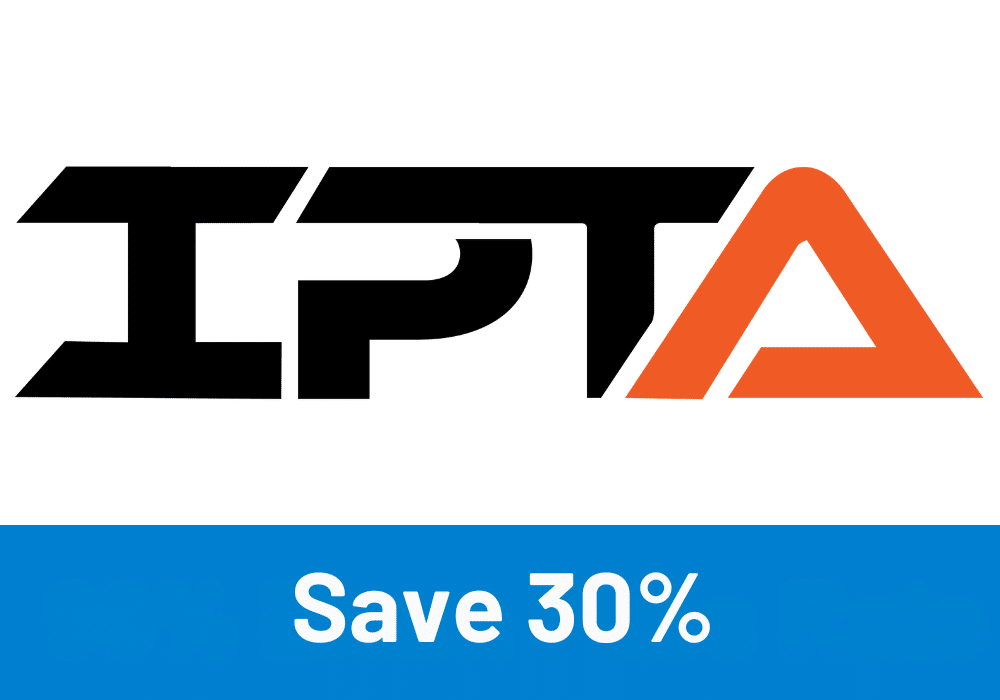 | Best Study Materials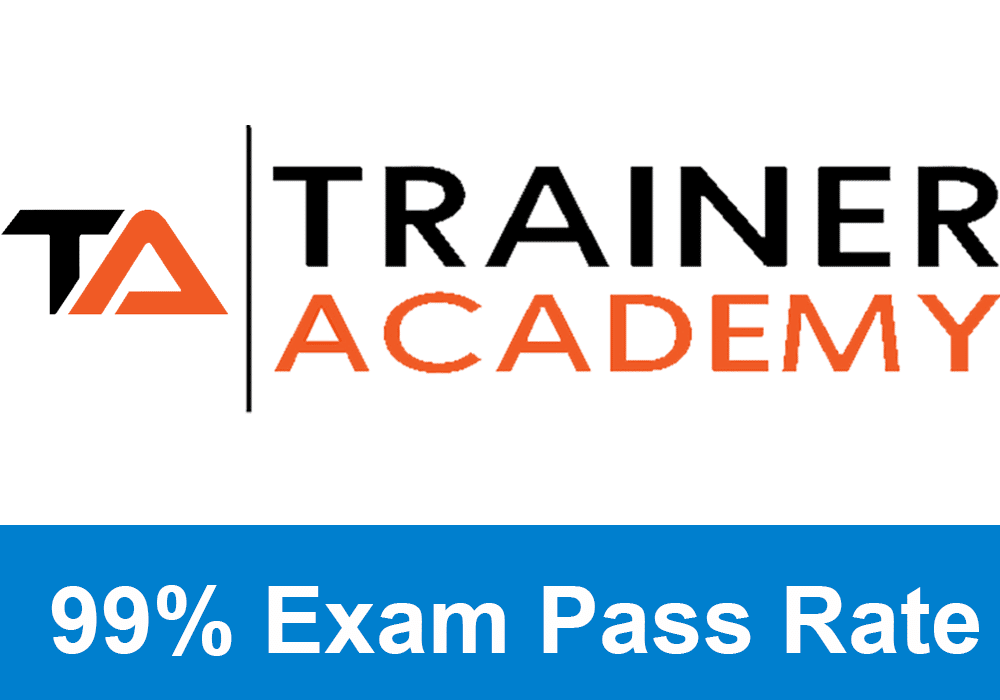 |
Gold Standard Cert | A Good Option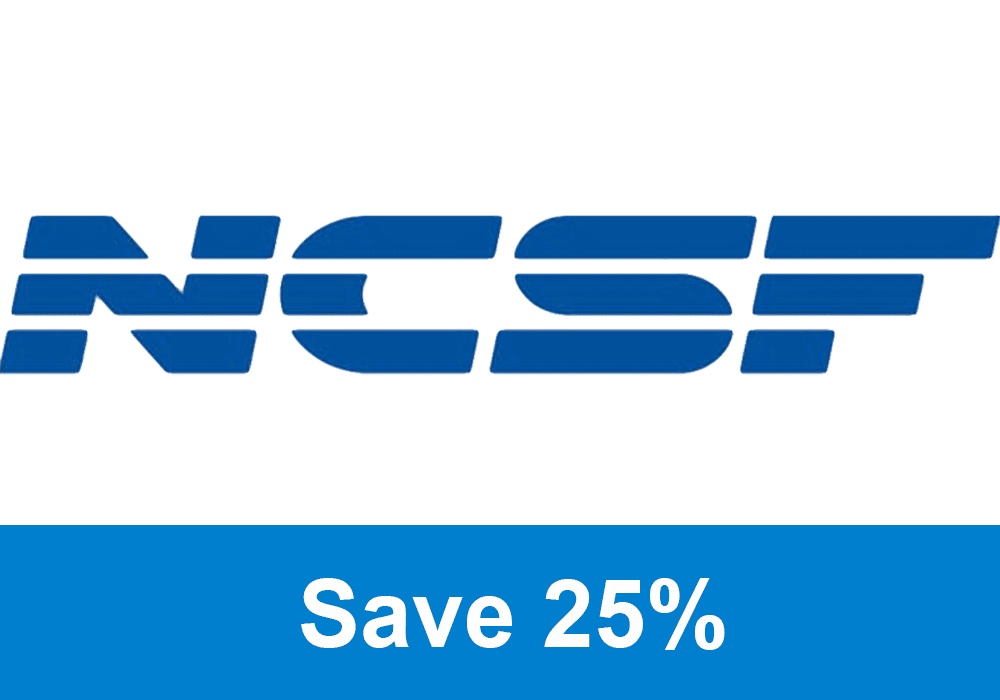 | Best CPT for you? 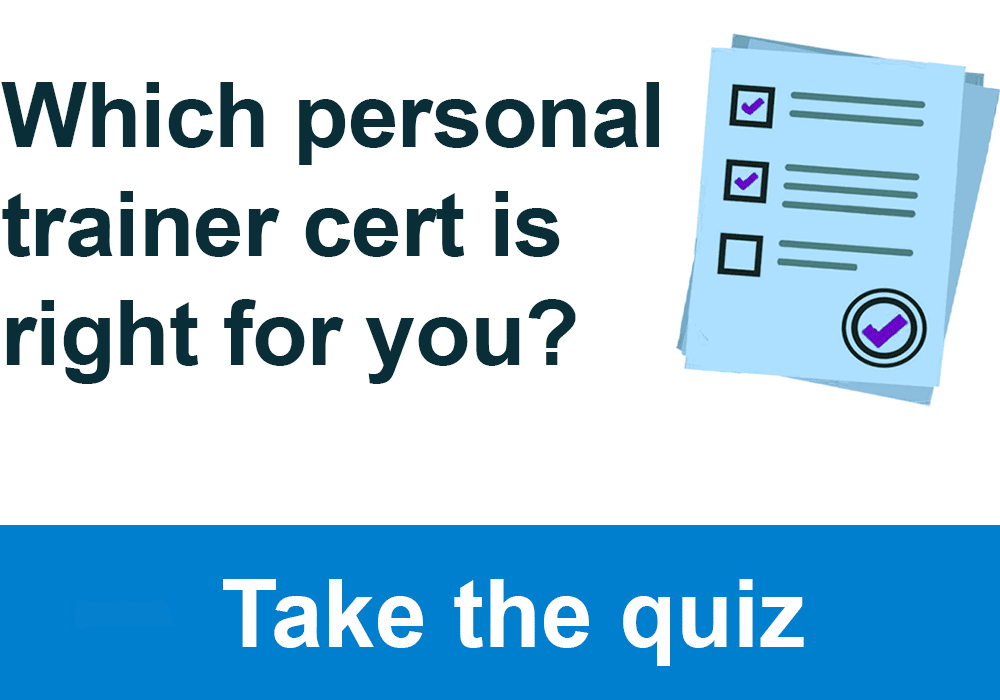 |
1: Explain “flexibility.”
The degree to which joints can move efficiently and safely within a flexion and extension range.
2: Explain the role of the sarcomere in flexibility
A structural muscle fiber unit in striated muscle comprises alternating dark and light bands.
3: List and explain the three inhibitory proprioceptors and their role in the flexibility
Golgi tendon organ causes the motor cortex of the brain to “shut off” muscle contraction
Pacinian corpuscles are sensitive to quick movement and deep pressure.
The muscle spindle is a specialized muscle fiber that detects excessive stretch within the muscle.
4: Name 4 patterned tests to evaluate flexibility
- Sit and reach
- Hip flexor test
- Shoulder flexibility
- Trunk extension
5: Explain the constraining factors that may limit flexibility
- Genetic predisposition
- Age
- History of injury
- muscle size due to the training effect
- Fascial binding
- Nature of connective tissue in the joint
6: Explain the benefits of improving the range of motion and surrounding musculature. Provide an example of a specific joint
Increased ROM can increase force production and performance and reduce injury potential. An example is the increasing ROM of the hamstring group in sprinters.
Exclusive PTP CPT Offers |
||
|---|---|---|
Most Popular Cert | Best Online NCCA Cert | Best Study Materials |
Gold Standard Cert | A Good Option | Best CPT for you?  |
7: What occurs to the hip flexors when sitting for extended periods of time? What effect does this have on the spine?
Hip flexors can be shortened by sitting
8: Name and describe the 3 areas applicable to the specificity of flexibility training
Joint specificity: flexibility training can be prioritized toward joints that are most in need
Position and speed specificity: stretching exercises must be very similar in form and speed to the skill you are trying to improve.
Resistance training specificity: Two key points are to perform resistance exercises through the involved joint’s full ROM and to work antagonist pairs of muscles equally.
9: In what way does body temperature perform a function in effective stretching?
Body temperature increases the ductility of muscles to be stretched
10: For the following, give the definition
Also, mention the suitable period of time to perform each stretch and when each type of stretch should be performed within a single training session:
- Static stretching: 20-sec
- Dynamic stretching: instantaneous
- PNF stretching: 10-sec
- Active stretching: 15-sec
- Passive (or relaxed) stretching: 20-sec
- Isometric stretching: 15-sec tension, 20 sec-relax
11: Describe reciprocal innervation:
The concurrent interference of an antagonistic muscle or group of muscles follows the action of a muscle or group of muscles.
12: What are the 4 determinants you should contemplate when including higher levels of a range of motion in your programming?
1. Connective tissue restrictions
2. Bone configurations at the joint
3. Contact of muscle masses of adjacent segments
4. Strength of the muscles over the full ROM
13: Give suitable guidelines for foam rolling
You take the foam roller and slowly roll it across the muscle from which you want to release adhesions and knots.
14: Give a suitable direction to foam roll regarding muscle origin and insertion?
Rolling from the proximal to the distal attachment of a muscle.
15: In what way does weight training affect a loss of flexibility?
By not using the full ROM with heavy resistance
16: Give several examples of hazardous exercises that your clients must avoid
- Straight-leg toe touch
- Seated toe touch
- Hurdler stretch
17: Describe the contrast between an active and passive range of motion. What does each perform?
Passive flexibility refers to the ROM available when an outside force (e.g., gravity, momentum, another body part, or another person) is the causative force.
In active stretching, the actively involved muscles do so primarily in eccentric contraction.
If you want assistance wrapping your head around this material, make sure to check out Trainer Academy for some awesome ISSA study materials. They have Practice tests, flashcards, audio study guides, and much more.

 Have a question?
Have a question? 



Tyler Read
PTPioneer Editorial Integrity
All content published on PTPioneer is checked and reviewed extensively by our staff of experienced personal trainers, nutrition coaches, and other Fitness Experts. This is to make sure that the content you are reading is fact-checked for accuracy, contains up-to-date information, and is relevant. We only add trustworthy citations that you can find at the bottom of each article. You can read more about our editorial integrity here.